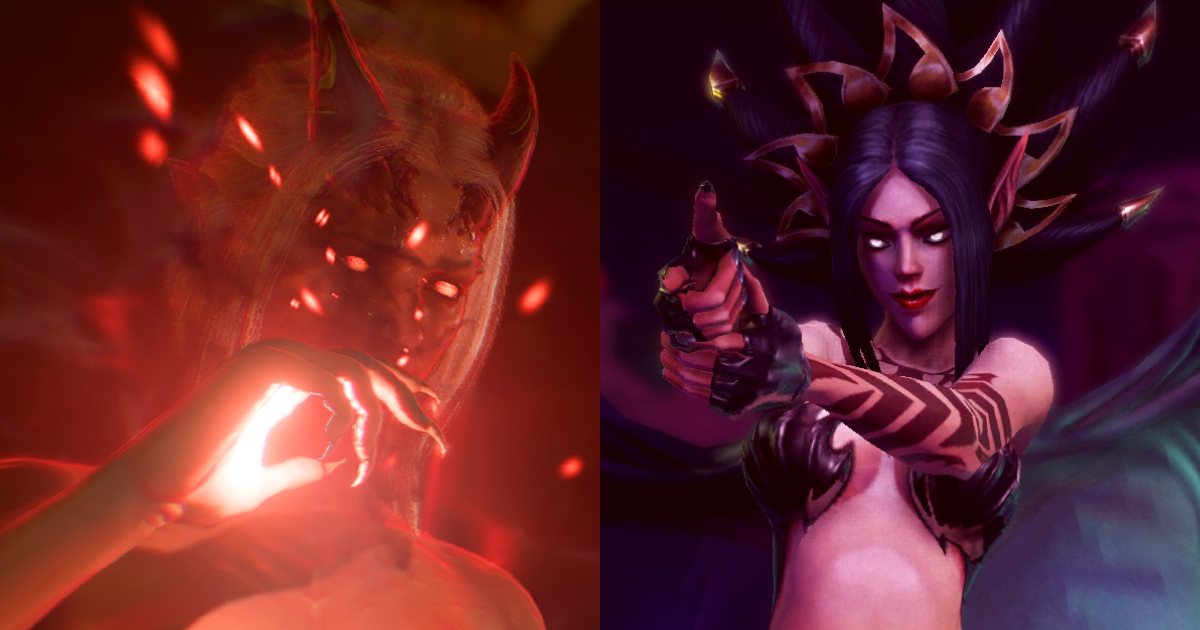Owlcat founder breaks down RPG budgets and Larian's impact on genre: "We can't invest $200 million to make BG3"
RPGs have always been one of the most difficult and risky genres in terms of production. Here is what Owlcat Games founder and CEO Oleg Shpilchevskiy has to say about the challenges posed by rising costs, as well as the success of Baldur’s Gate 3 and its impact on the industry.

Baldur’s Gate 3 (right), Pathfinder: Wrath of the Righteous (left)
Shpilchevskiy shared his thoughts earlier this month on the Pilim, Trem podcast (in Russian). He touched on a variety of topics, from working with licensed IPs to growing Owlcat Games from roughly 30 people to over 500. But for this article, let’s focus on budgets and the RPG market. Below are some takeaways.
Game budgets: bigger isn’t always better (or easier)
According to Shpilchevskiy, each game is classified at a certain tier (e.g. B, AA, AAA, etc.) depending on its production value. He added that there is usually a correlation between costs and projected revenue, roughly highlighting the following tiers:
- AAA game — budget in the range of $50-70 million, expected revenue of $300 million (for the game to be considered successful);
- AA game — budget in the range of $5-15 million, expected revenue of $50 million;
- A game — budget in the range of $1-2 million (Shpilchevskiy didn’t mention any revenue expectations).
It is worth noting that budgets depend on many factors, including the country your studio is based in and employee costs. So keep in mind that the figures Shpilchevskiy mentioned are mostly driven by his experience and the CRPG genre, because games made by major US-based companies like EA, Microsoft, or Sony’s first-party teams have much higher costs. For example, The Last of Us Part II cost $220 million to produce, while Marvel’s Spider-Man 2 had a total budget of $315 million.
Owlcat’s previous titles — the Pathfinder series and Warhammer 40k: Rogue Trader — were all AA, so their budgets were in line with the second tier mentioned above. And while many think that it is better to aim higher with each game, pouring more money into production usually makes things more difficult.
The studio is now working on a larger project, and the process is radically different from its previous titles in terms of workflow, planning, and communication, posing new challenges and risks. Shpilchevskiy noted that while Kingmaker was made by a team of 30, the new unannounced game already involves 150 people, adding that you need to have a strong will and desire to even step into this field.
He also believes that making successful AA games doesn’t mean you will be able to pull off a AAA production. And investing $50 million in a project doesn’t guarantee you success and those hypothetical $300 million in revenue.
“To make a $50 million game, you need — I’m exaggerating here — 300-400 people, and they have to work in unison and not waste money, but make sure all the pieces come together in the end. This is not trivial at all, let’s put it this way,” Shpilchevskiy said.
So not every studio should always strive for a bigger budget. According to Shpilchevskiy, there are a lot of companies that are perfectly fine with staying in the indie niche, building a reputation and making money while creating great games.
What Baldur’s Gate 3 changes for the industry
Shpilchevskiy himself hasn’t yet completed Baldur’s Gate 3, saying that “even though I love Larian games dearly, I just don’t have enough time to finish it.” But he simply called BG3 a “phenomenon,” saying that no one has ever invested so much money in an isometric RPG.
BG3 has a gigantic budget. Few studios can actually afford this, let alone put so much money into an isometric game. I know this was already the second game for Larian that was a hit-or-miss situation — when you invest all your money in one shot and then wait to see if it hits or not. Good for them, they are brave people, and it is clear that they're not doing this in vain. But, again, we can't invest, say, $200 million to make BG3 — we don't have that kind of money yet. And I don't know of any company in the world that would invest so much money in a CRPG. Founder and CEO of Owlcat Games
Shpilchevskiy noted that it is not about whether Larian has set the bar for the genre, because it is the very phenomenon and a one-of-a-kind company that will shine at the top. While he believes that other studios will continue to “dig their niches,” he agrees that Baldur’s Gate 3 is the new benchmark for the genre in terms of quality and execution of certain elements.
So RPG developers will have to come up with their symmetrical answers to make their content presentation more cinematic. This applies to things like cutscenes or voice acting, which might be a huge challenge for most of the studios.
“We made all our games with partial voiceover, because 1) it’s expensive and 2) it makes the development process extremely difficult. Especially when you have one million words,” Shpilchevskiy said. “Looking at BG3, you understand: it is becoming a must-have feature, which doesn’t guarantee you success, but if you don’t meet that bar, your game is considered one that no longer fits into the right category. So it looks like we will have to do a full voiceover for our next games.”
According to Shpilchevskiy, every developer is now trying to come up with their own solutions, not necessarily the same as Larian’s, but the success of Baldur’s Gate 3 should force companies to reconsider their approach to production values. Now there are simply more boxes to be checked for a game to be considered an RPG, and adapting to new realities is necessary to stay relevant and competitive in the market.
